The 1980s were a time of big hair, neon spandex, and an obsession with health and fitness that took on a life of its own. Diet fads swept the decade, promising quick fixes and miracle results, often at the expense of common sense and good nutrition. From bizarre food combinations to extreme calorie-cutting, these trends reflected the era’s cultural shift toward thinness and perfection. Looking back, it’s clear that many of these fads were not only ineffective but downright misleading. Here’s a nostalgic trip through 13 diet crazes from the ’80s that had us scratching our heads—and maybe regretting that second serving of cabbage soup.
1. The Cabbage Soup Diet

The cabbage soup diet was one of the most infamous crash diets of the ’80s. It promised rapid weight loss—up to 10 pounds in a week—by having dieters eat unlimited amounts of a low-calorie cabbage soup. The plan restricted other foods to specific days, like only bananas and skim milk on day four. It became wildly popular among those looking for a quick fix before big events like weddings or reunions.
While it delivered on its promise of rapid weight loss, most of the pounds shed were water weight, and the restrictive nature of the diet left people feeling weak and cranky. Plus, the monotony of eating cabbage soup for every meal was enough to make anyone abandon it quickly. Today, it’s recognized as an unsustainable and unhealthy approach to dieting, but back then, it felt like everyone gave it a try at least once.
2. The Grapefruit Diet
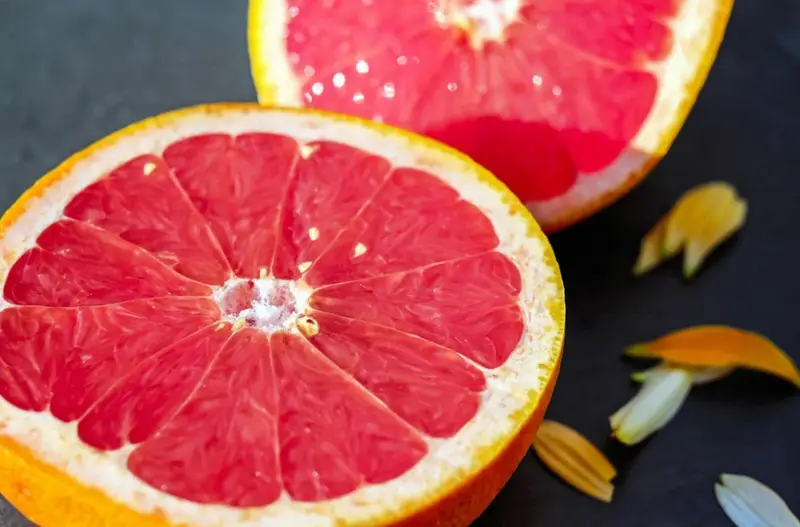
The grapefruit diet, or “Hollywood diet,” was a low-calorie plan built around the idea that grapefruits had fat-burning properties. Dieters were instructed to eat half a grapefruit before every meal, believing the fruit’s magical enzymes would help shed pounds faster. Paired with a restrictive meal plan, this fad was all about tricking your body into burning fat while staying under 1,000 calories per day.
Of course, the grapefruit didn’t actually burn fat, and the real reason people lost weight was the drastic calorie deficit. The diet’s overly simplistic approach ignored the importance of balanced nutrition and left participants hungry and irritable. Despite its flaws, the grapefruit diet remained a go-to fad for those desperate for quick results in the ’80s.
3. The Scarsdale Diet
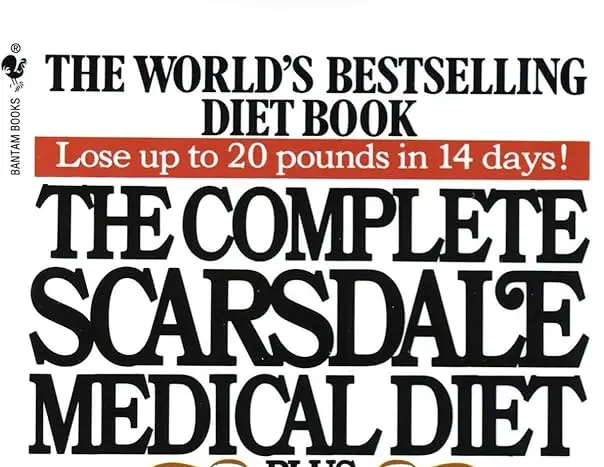
The Scarsdale diet was a high-protein, low-carb regimen developed by Dr. Herman Tarnower. It limited daily intake to around 1,000 calories and promised dramatic weight loss in just two weeks. The diet’s strict rules left little room for variety, focusing heavily on lean meats, eggs, and non-starchy vegetables, with bread strictly limited to one slice per day.
While the plan was effective for short-term weight loss, it was extremely difficult to sustain. The extreme calorie restriction often led to fatigue and nutrient deficiencies, and the diet’s reliance on animal protein raised concerns about cholesterol and heart health. Despite its shortcomings, the Scarsdale diet became a cultural phenomenon in the ’80s, though it quickly fell out of favor as more balanced approaches gained popularity.
4. SlimFast Shakes
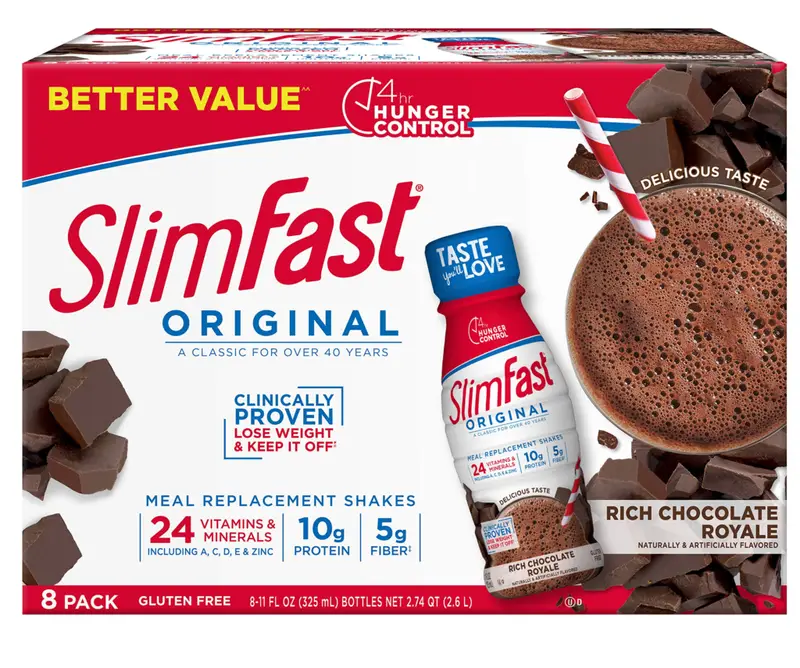
“Shake for breakfast, shake for lunch, and a sensible dinner” became a household slogan thanks to SlimFast’s aggressive marketing campaign. The product promised to simplify weight loss with its ready-made shakes, which were low-calorie but packed with sugar. For busy people in the ’80s, SlimFast felt like a dream solution, offering convenience and structure.
While the shakes helped reduce calorie intake, they often left people feeling unsatisfied and craving real food. Additionally, relying on sugary drinks twice a day wasn’t exactly a recipe for long-term health. Many who tried SlimFast found the weight came back as soon as they stopped using the product. Still, it became one of the most memorable diet trends of the decade.
5. The Beverly Hills Diet
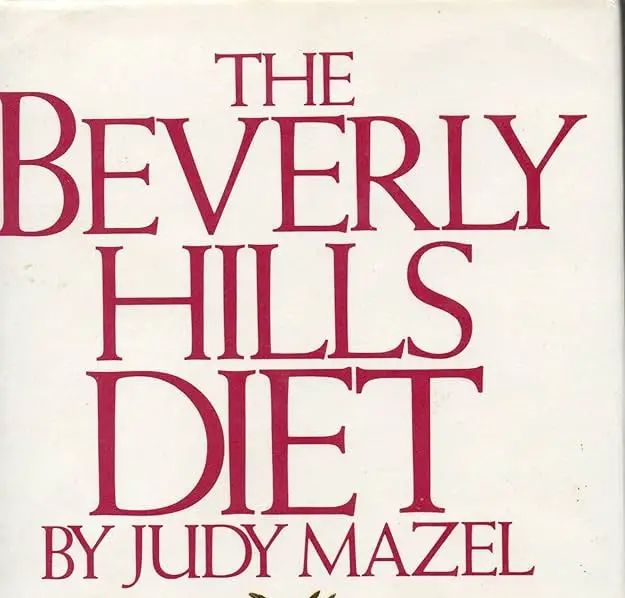
The Beverly Hills diet capitalized on the idea of “food combining,” claiming that certain foods had to be eaten in specific sequences to avoid weight gain. It began with 10 days of eating only fruit before introducing other food groups. The diet’s creator, Judy Mazel, insisted that this approach improved digestion and metabolism, leading to effortless weight loss.
In reality, the diet was dangerously low in calories and nutrients, with the fruit-only phase often leaving participants lightheaded and malnourished. Experts quickly debunked the idea of food combining, but the Beverly Hills diet’s celebrity endorsements helped it gain traction. It’s now remembered as one of the more extreme and nonsensical fads of the ’80s.
6. The Cambridge Diet

The Cambridge diet was essentially one of the earliest meal-replacement plans, consisting of powdered shakes designed to provide all the necessary nutrients while severely limiting calories. Participants consumed only 400–800 calories per day, which was well below the recommended amount for healthy adults.
While it led to rapid weight loss, the extreme calorie restriction was unsustainable and often caused fatigue, dizziness, and muscle loss. Nutritionists criticized the diet for promoting an unhealthy relationship with food, but its promise of dramatic results made it a popular choice for dieters desperate to shed pounds quickly.
7. The Pritikin Program
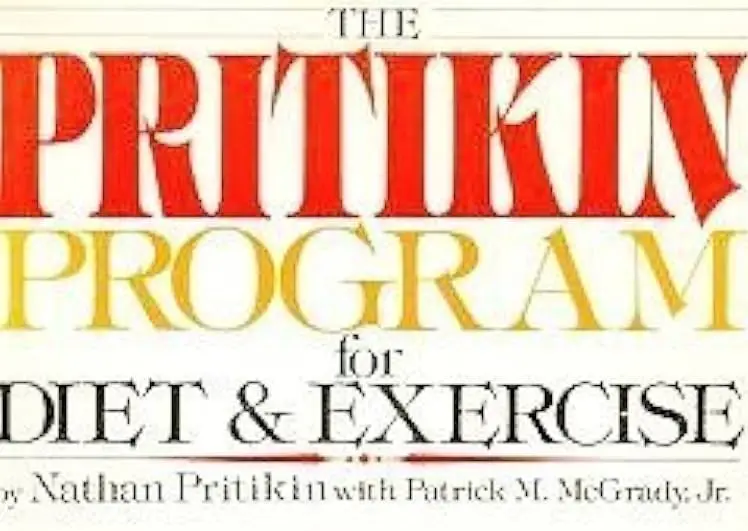
The Pritikin Program emphasized a low-fat, high-carb diet paired with regular exercise. Developed by Nathan Pritikin, it was marketed as a way to improve heart health while losing weight. The plan heavily restricted fats, even healthy ones, and focused on whole grains, fruits, and vegetables.
While the program had some merit in promoting whole foods and exercise, its near-elimination of fat often left dieters feeling deprived and unsatisfied. The overly rigid rules made it difficult to maintain, and many participants reverted to old eating habits once the novelty wore off. Still, the Pritikin Program was a key player in the low-fat craze of the ’80s.
8. Tab Diet Soda
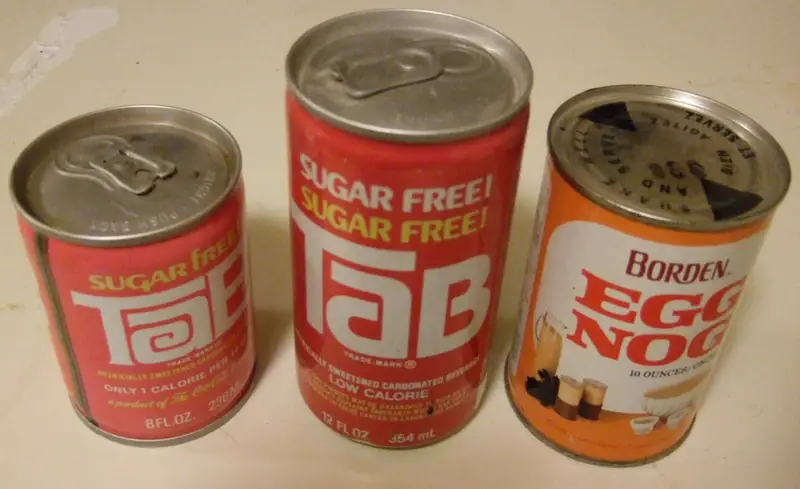
Tab, Coca-Cola’s first diet soda, became synonymous with calorie-conscious ’80s culture. Marketed as a guilt-free indulgence, Tab was sweetened with saccharin and promised to help dieters avoid sugary drinks without sacrificing flavor. Its bright pink branding and catchy jingles made it a pop culture icon.
The catch? Saccharin was linked to cancer in lab rats, leading to widespread controversy and fear. While subsequent studies cleared it for human consumption, the stigma lingered, and many questioned the safety of artificial sweeteners. Despite its health concerns, Tab remained a staple of ’80s dieting, embodying the era’s obsession with convenience and calories.
9. Fruitarian Diet
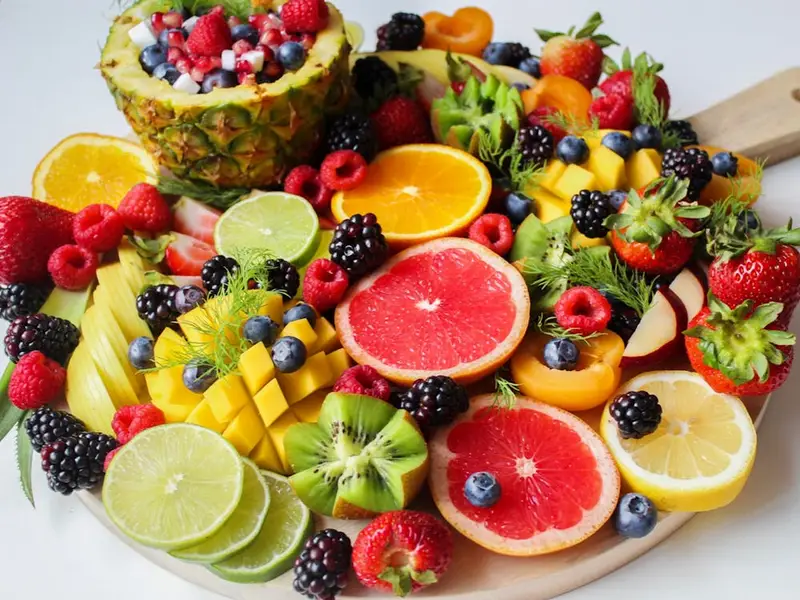
The fruitarian diet took the ’80s obsession with “natural” eating to an extreme. Advocates claimed that eating only raw fruits (and occasionally nuts and seeds) would detoxify the body and lead to effortless weight loss. While it appealed to those seeking a “clean” lifestyle, the diet was incredibly restrictive and nutritionally unbalanced.
Eating only fruit left dieters deficient in protein, healthy fats, and essential vitamins and minerals. Many experienced fatigue, digestive issues, and blood sugar spikes. The fruitarian craze didn’t last long, but it’s remembered as one of the more extreme examples of misguided health trends.
10. Liquid Protein Diet
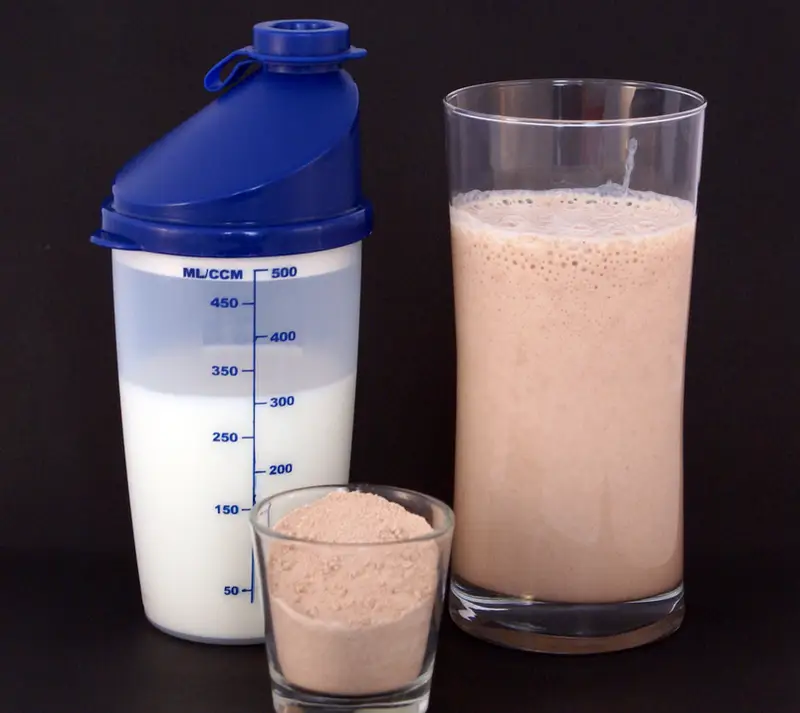
The liquid protein diet involved drinking low-calorie, protein-based liquids as meal replacements. Marketed as a revolutionary way to lose weight fast, these drinks often contained collagen-based protein with minimal nutrients. Participants consumed dangerously low calories, sometimes under 400 per day, leading to rapid weight loss.
Tragically, this diet led to several deaths from heart complications, prompting widespread criticism and scrutiny. It became a cautionary tale about the dangers of extreme dieting, yet it highlighted how far people were willing to go for quick results in the image-conscious ’80s.
11. Sugar-Free Everything
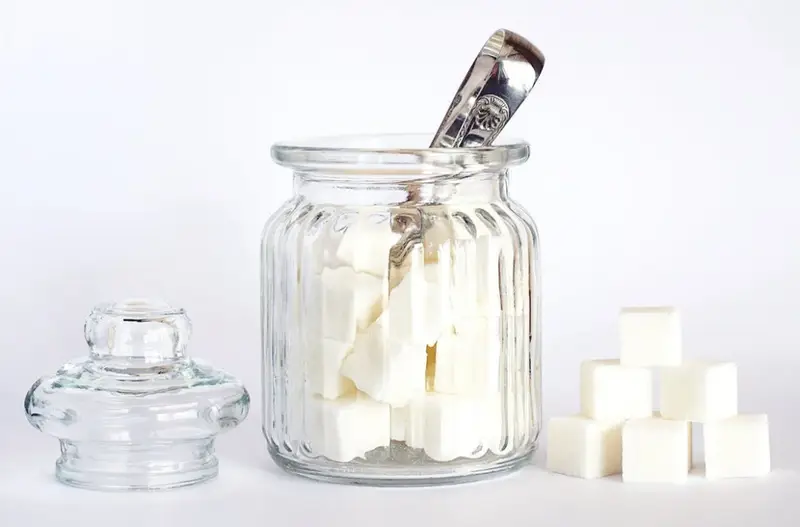
As the ’80s low-fat craze gained momentum, sugar-free products flooded the market. From sodas to desserts, these items promised all the flavor with none of the guilt. Sweetened with artificial ingredients like aspartame, they were seen as a guilt-free way to satisfy cravings.
While these products appealed to dieters, they often came with a strange aftertaste and questionable health effects. Aspartame faced its share of controversies, with some blaming it for headaches and other side effects. Today, the obsession with sugar-free often seems like trading one health issue for another, but in the ’80s, it was the ultimate diet hack.
12. Fasting Diets

Fasting diets weren’t new in the ’80s, but they gained popularity as part of the era’s obsession with detoxing. Programs often encouraged participants to drink only water, juice, or lemon water with cayenne pepper for days at a time. The promise? A total body reset and rapid weight loss.
While short-term fasting can lead to weight loss, these programs often resulted in severe calorie deprivation and muscle loss. Participants were left drained, irritable, and prone to binge eating afterward. Fasting diets remain controversial, but the extreme versions of the ’80s are a stark reminder of how far the diet craze went.
13. The Low-Fat Craze

The ’80s low-fat craze shaped an entire generation’s eating habits. Everything from snacks to packaged meals boasted “low-fat” labels, convincing consumers they were making healthy choices. However, manufacturers often replaced fat with sugar and artificial additives, making these products less satisfying and sometimes higher in calories.
The result? Many dieters ate more than intended, thinking low-fat meant guilt-free. This misguided approach ignored the importance of healthy fats and balanced nutrition, leaving people frustrated with minimal results. The low-fat craze remains one of the most misleading diet trends of the ’80s.
The 1980s were filled with bold promises and questionable science, creating a culture of dieting that was often as unhealthy as the habits it sought to change. These fads may seem ridiculous now, but they reflect a time when quick fixes and marketing gimmicks reigned supreme. For better or worse, these trends remind us of how far we’ve come in understanding health and nutrition—and the lengths we’ll go to in pursuit of perfection.


